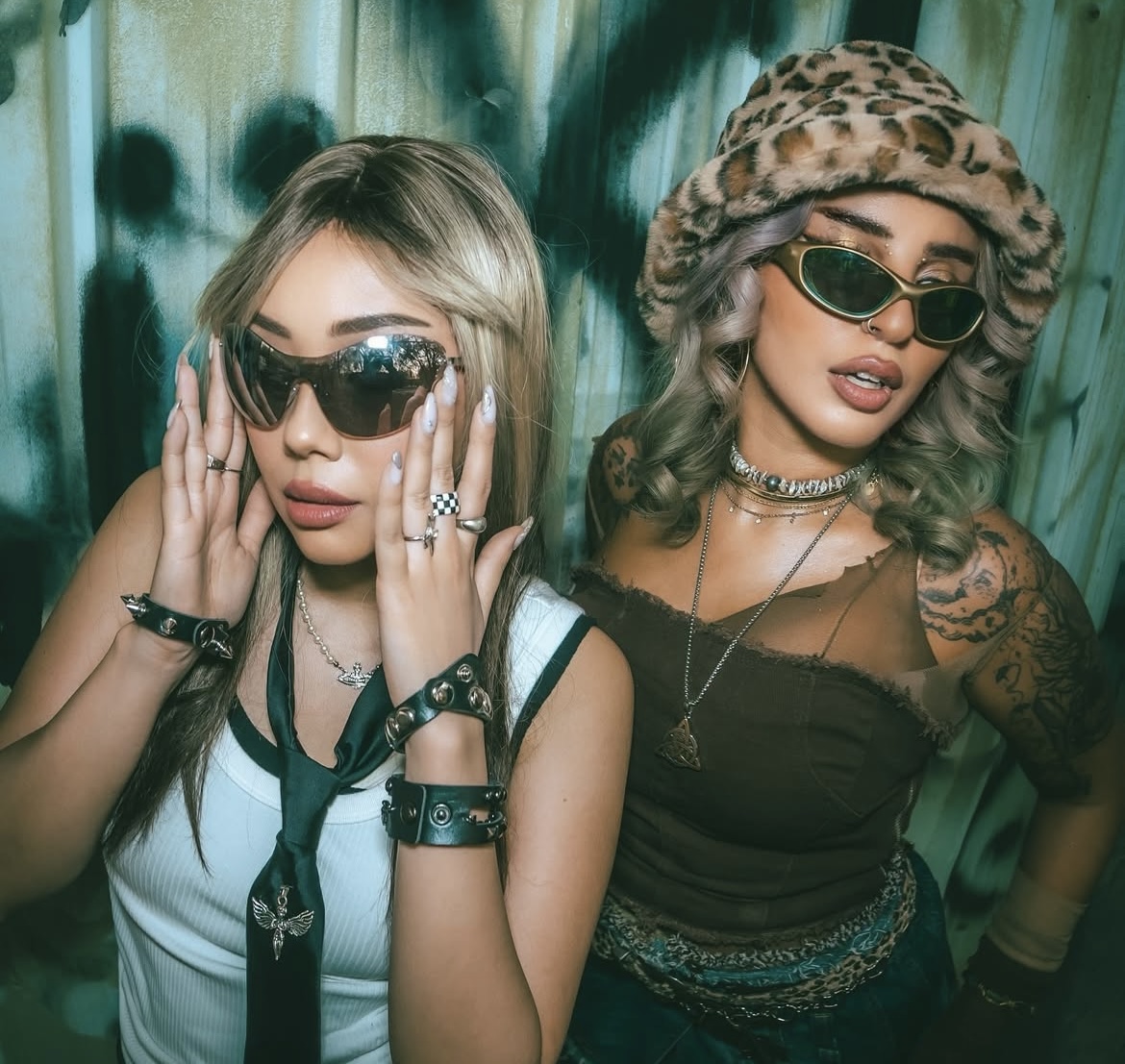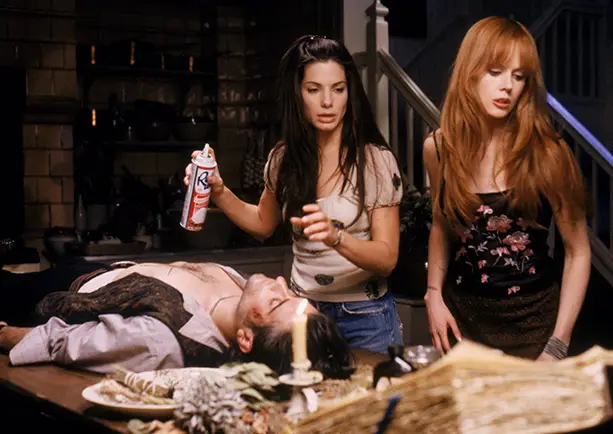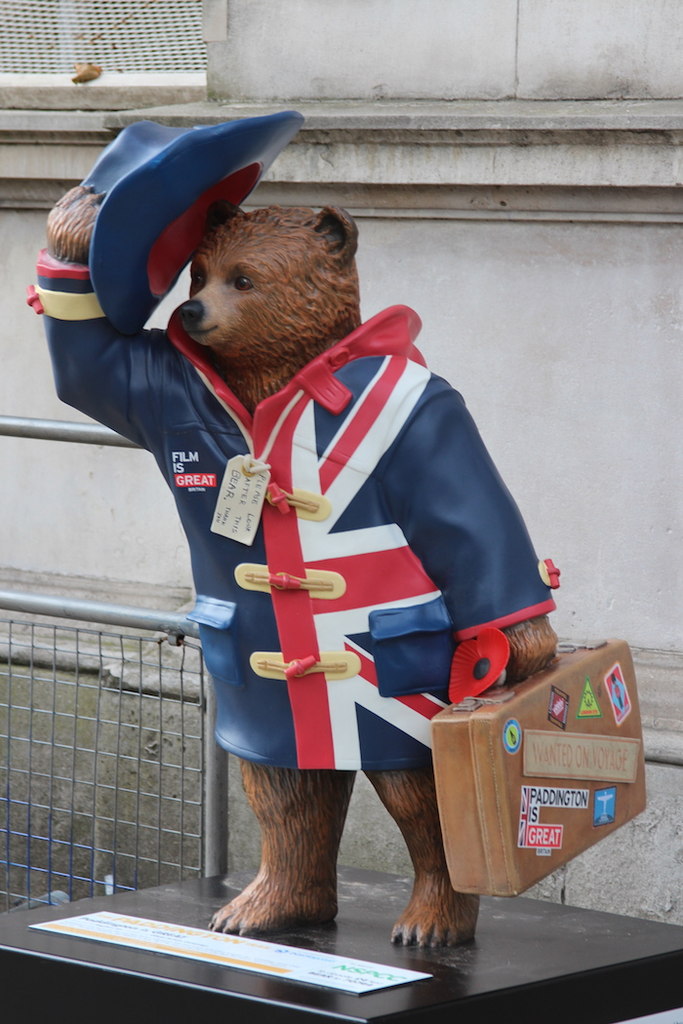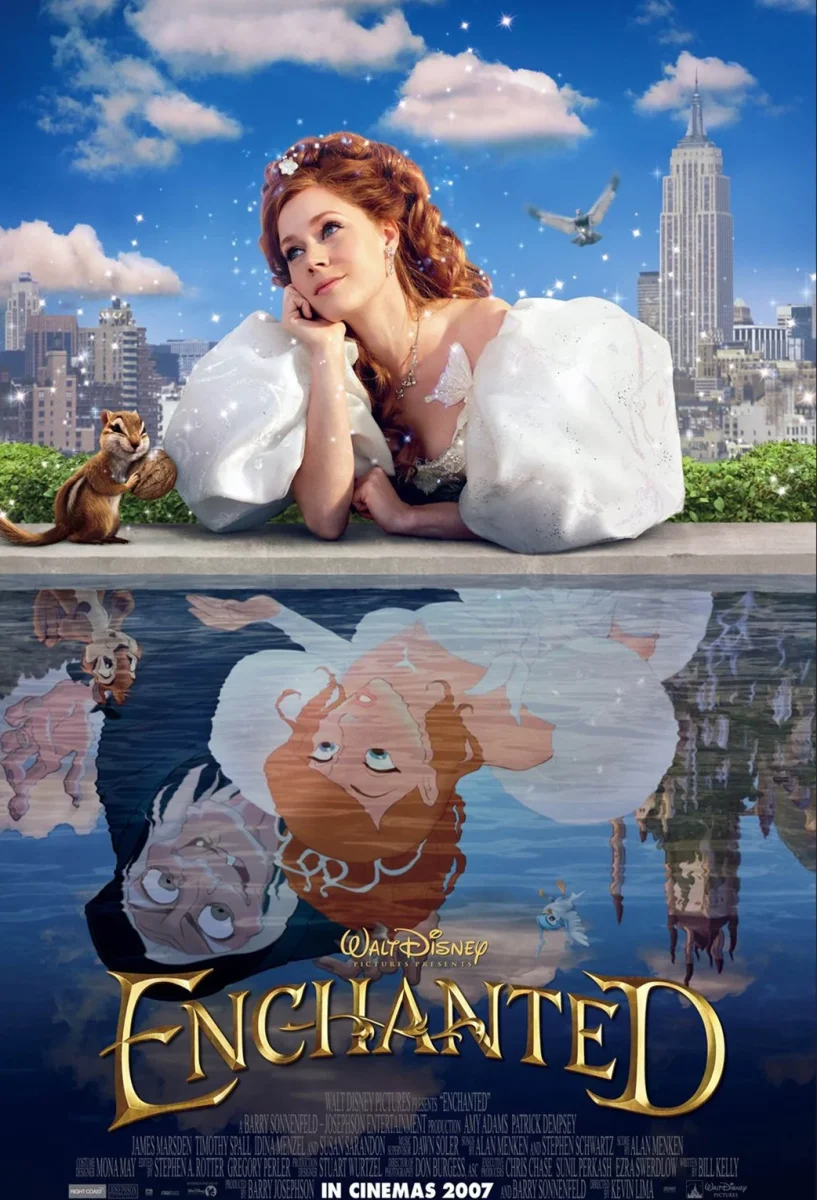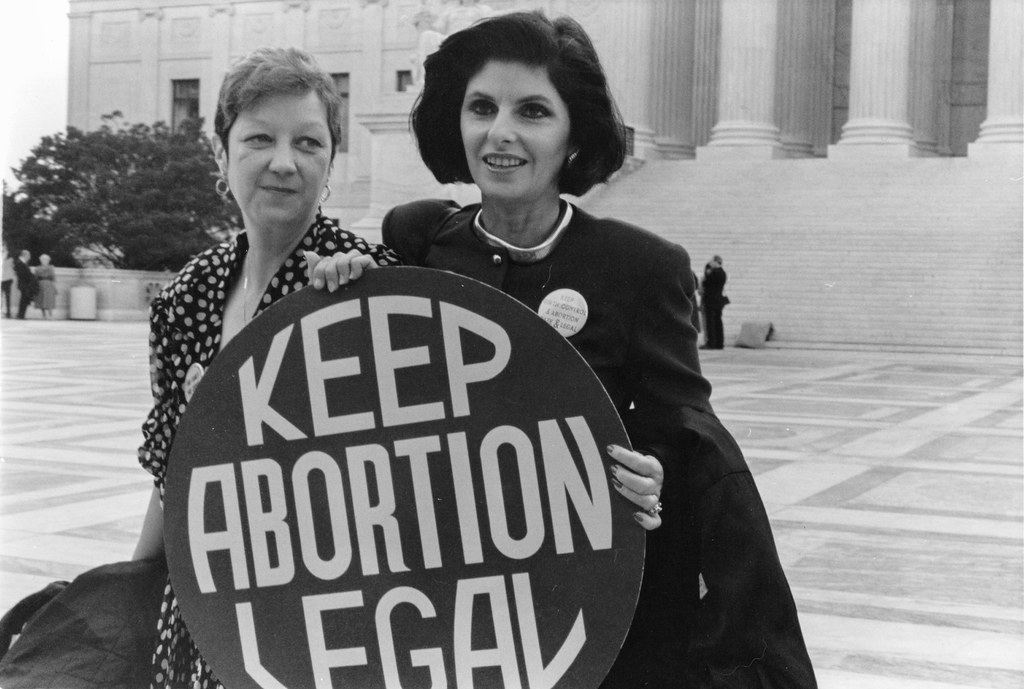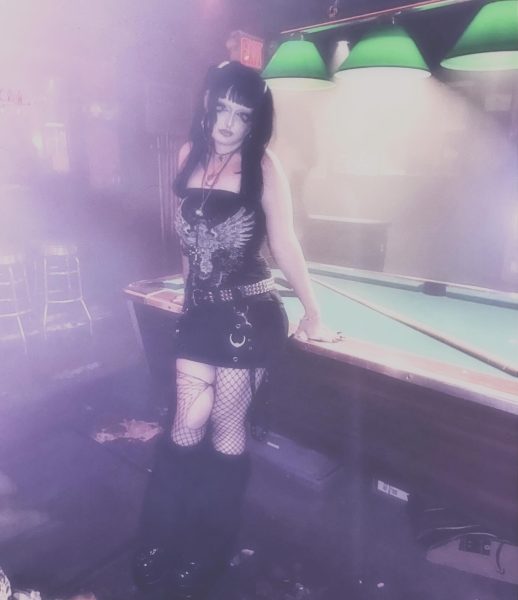The 2000s were a pivotal time in fashion, and this is often lost among new-generation fashion enthusiasts when trying to recreate the style. There’s considerable overlap between McBling and Y2K fashion, but each had different inspirations and cultures tied to them, which are crucial to acknowledge when discussing their history. Y2K was formed by the societal reaction to the turn of the millennium and isn’t just a fashion subculture but a mindset that took over the globe.
In the 1990s, there was a considerable technological boom, advancements were made in strides, and the future was right around the corner. The internet became mainstream, and the “Y2K bug” spread around with the turn of the millennium. Some people were fearful the year change wouldn’t be compatible with all this technology, some even believing it would end in an apocalypse-like scenario. Others viewed this change with optimism, thinking the year change would induce more advancements and be a futuristic utopia–two extremes that didn’t occur but caused pop culture and fashion to have a renaissance once again.
Y2K fashion blends futuristic aesthetics and playful nostalgia, reflecting the era’s optimism and preoccupation with the digital age. Inspired by the dawn of the digital age, Y2K aspires to be futuristic, sleek and technology-driven, with a retrofuturism vibe. Metallic and shiny fabrics (silver, chrome or holographic), tight, low-rise jeans, baby tees and bold accessories like tiny sunglasses, baguette bags and butterfly clips are essential fashion pieces for this look. Other trends also include tech-inspired influences such as translucent plastics and neon colors.
The Y2K bug also influenced pop culture, only pushing the subculture into mainstream fashion. Bold branding became a status symbol, as seen in Louis Vuitton, Dior and Gucci, which was influenced by the rise of supermodels and pop stars as tastemakers. This, coupled with the technological boom, made items like flip phones, portable CD players and early digital gadgets become part of the look. Pop icons like Britney Spears and Christina Aguilera promoted hyper-feminine styles featuring sparkly tube tops, mini skirts and platform heels. As the original “it girl,” Paris Hilton epitomized the Y2K era’s obsession with wealth, glamor and partying. Known for her iconic catchphrase, “That’s hot,” Paris defined trends with her velour Juicy Couture tracksuits, tiny dogs and oversized sunglasses.
The Y2K aesthetic has made a comeback in recent years, particularly among Gen Z, who see it as nostalgic and quirky. Unfortunately, platforms like TikTok and Instagram prioritize visually appealing and easily replicated trends, encouraging a more commercialized, watered-down version of the Y2K style that has lost its original look. Reviving the Y2K aesthetic authentically involves embracing its cultural, historical and creative roots rather than simply copying its surface-level trends. Look for vintage or archive pieces from Y2K brands like Baby Phat, Juicy Couture, Von Dutch and Ed Hardy. Embrace the bright, bold colors, unique clothing styles and sometimes impractical glamor of Y2K clothing. Any thrift store carries old clothes from the 2000s.

